Nepal travel tips
Nepal travel tips: In South Asia, captivates with Himalayan peaks, ancient temples, diverse cultures, and warm hospitality in its breathtaking landscapes.
Provinces 🌎
Nepal travel tips. Here is a list of all the provinces of the Nepal.
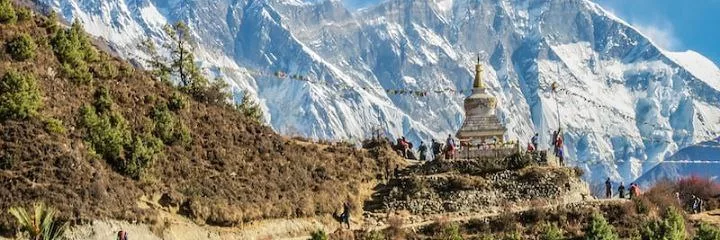
Pradesh 1
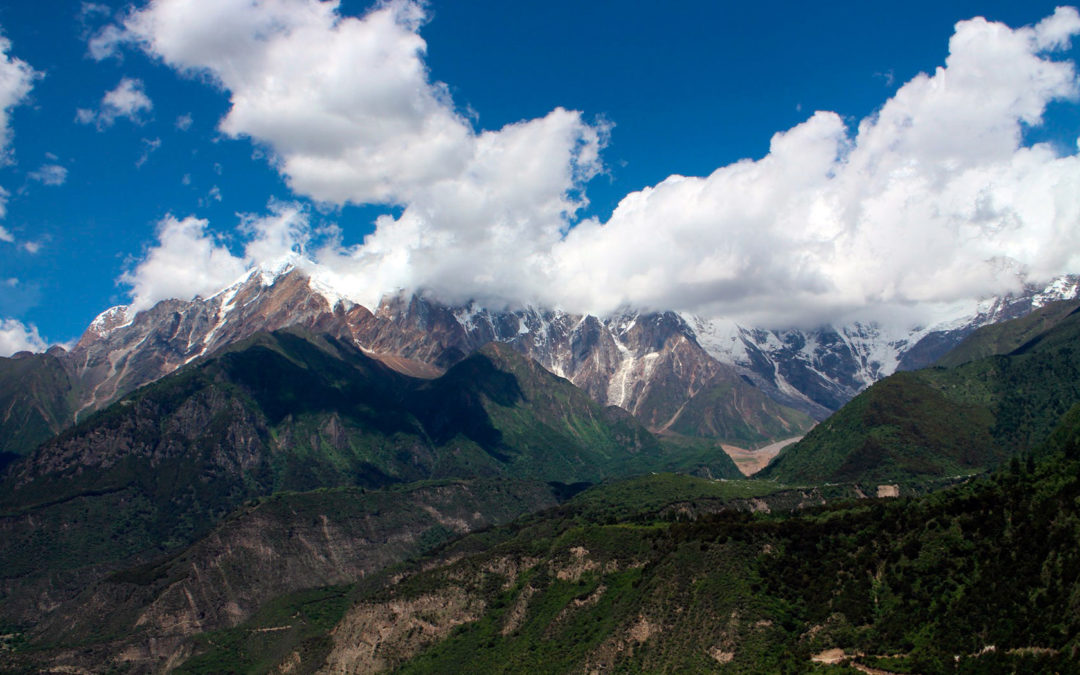
Pradesh 2
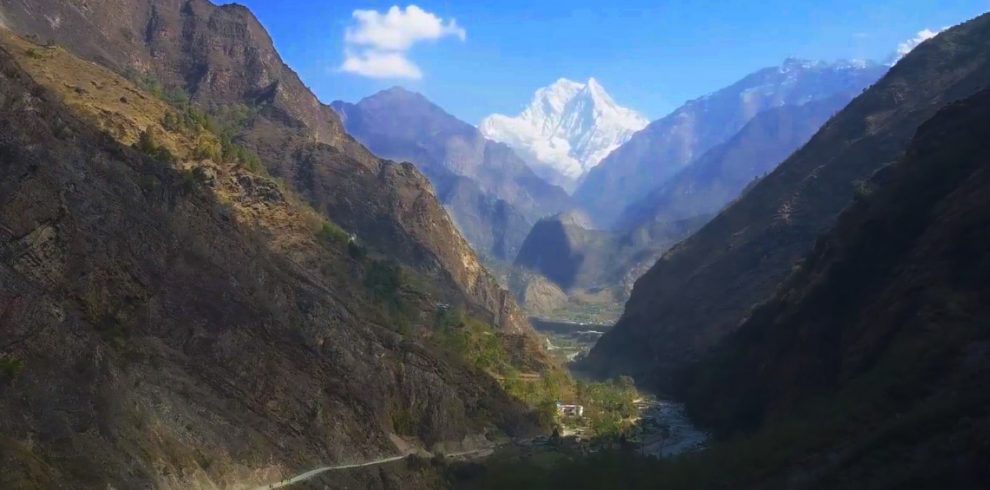
Gandaki
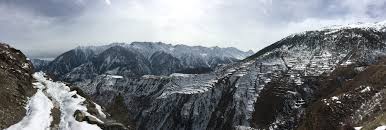
Pradesh 3

Karnali

Pradesh 5
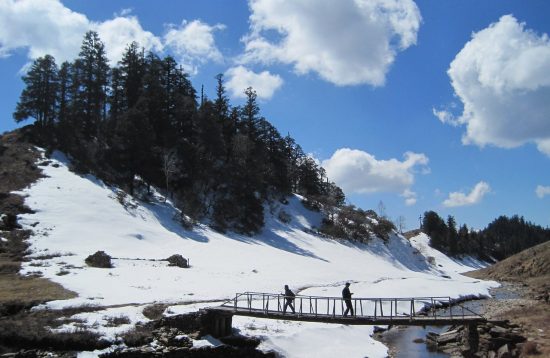
Sudurpashchim
Before you go 🛩
Important information you should know before your trip
Info
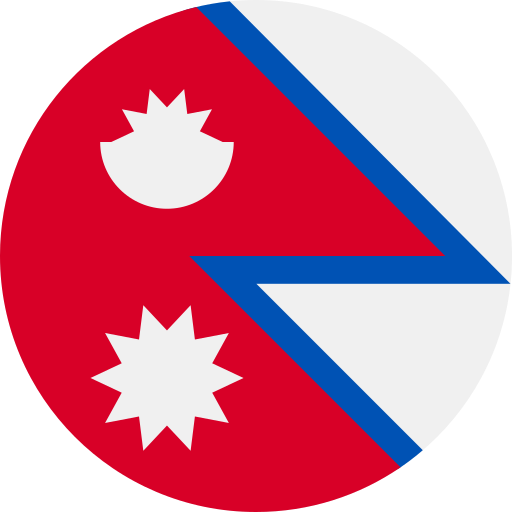
Capital | Kathmandu
Flag Codes:
ISO alpha-2 NP,
ISO alpha-3 NPL
Currency
Badge | Nepali rupee
CODE | NPR
NUMBER | 524
SYMBOL | ₨
FRACTION | paisa
Mobile Coverage
Dialing Code | +977
SIM Card
Coverage | 3G / 4G / 5G |
Mobile Networks | Ncell | NTC Mobile | SmartCell |
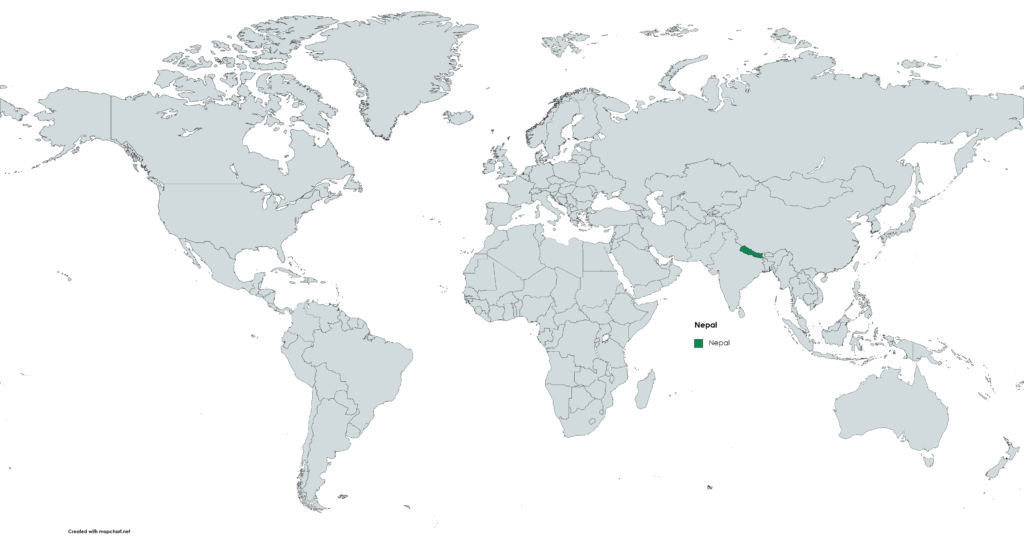
Location
Nepal is a landlocked country located in South Asia, mainly situated in the Himalayas. It is bordered by China to the north and India to the south, east, and west. Here are the geographical coordinates of Nepal’s approximate center: Latitude: 28.3949° N Longitude: 84.1240° E.
Nepal is known for its stunning mountain landscapes, including the world’s highest peak, Mount Everest, which lies on the border between Nepal and China. The capital city of Nepal is Kathmandu.
Currency
The official currency of Nepal is the Nepalese rupee (NPR). The Nepalese rupee is divided into 100 paisa, although paisa coins are no longer used due to their low value.
Nepalese rupee notes have denominations of 1, 2, 5, 10, 20, 50, 100, 500 and 1,000 rupees, while coins have denominations of 1, 2, 5 and 10 rupees.
It is possible to exchange foreign currencies at banks and exchange offices in Nepal, especially in tourist areas such as Kathmandu and Pokhara. The US dollar and euro are the most commonly accepted foreign currencies. It is also possible to withdraw money from ATMs in Nepal, although it is advisable to carry enough cash in case the ATMs are not available or working.
Languages
The official and most spoken language in Nepal is Nepali, which is spoken by approximately 60% of the population. Nepali is an Indo-Aryan language that uses the Devanagari alphabet.
In addition to Nepali, many other languages are spoken in Nepal, especially among the country’s different ethnicities and communities. Some of the languages spoken in Nepal include:
Maithili: It is spoken by the Maithili ethnic minority in eastern Nepal and the Indian region of Bihar.
Bhojpuri: It is spoken by the Bhojpuri ethnic minority in southern Nepal and the Indian region of Uttar Pradesh.
Tamang: It is spoken by the Tamang community in the central and eastern mountainous regions of Nepal.
Newari: It is spoken by the Newar community in the Kathmandu Valley and other parts of central Nepal.
Tharu: It is spoken by the Tharu community in the terai regions of southern Nepal.
Gurung: It is spoken by the Gurung community in the central and western mountainous regions of Nepal.
In total, more than 120 different languages are spoken in Nepal. However, the majority of the country’s population is able to communicate in Nepali and many people also speak English, especially in urban and tourist areas.
Climate 🌡
Nepal’s climate varies widely due to its diverse topography, ranging from the lowlands of the Terai plains to the towering Himalayan mountain range. The country experiences five major climatic zones:
Tropical and Subtropical Climate (Terai Region): The Terai plains in the southern part of Nepal have a tropical climate with high temperatures and high humidity during the summer months. Winters are milder but can still be quite warm. This region receives the most rainfall during the monsoon season (June to September).
Temperate Climate (Hills and Valleys): The hilly regions of Nepal, including the Kathmandu Valley, have a temperate climate. Summers are warm, and winters are cooler but generally not extremely cold. The monsoon season brings heavy rainfall to this region as well.
Subalpine Climate: As you ascend into higher elevations, the climate becomes cooler and more temperate. This zone includes areas around 2,500 to 3,500 meters (8,200 to 11,500 feet). The weather is relatively pleasant, and this zone includes popular trekking destinations.
Alpine Climate: This zone ranges from around 3,500 to 4,500 meters (11,500 to 14,800 feet) and is characterized by colder temperatures and thinner air. The weather can be quite unpredictable, and snowfall is common in the winter.
Tundra and Glacial Climate (High Himalayas): The highest elevations, above 4,500 meters (14,800 feet), experience extremely cold temperatures and permanent ice and snow. This is the realm of the high Himalayas, where peaks like Mount Everest are located.
Nepal travel tips
If you’re planning a trip to Nepal, here are some travel tips to enhance your experience:
Trekking Permits:
Obtain necessary trekking permits, such as the TIMS card and Annapurna/Manaslu permits, for mountain treks.
Cultural Sensitivity:
Respect local customs, especially in religious sites; ask before photographing people or ceremonies.
Health Precautions:
Consult a healthcare professional for vaccinations and carry essential medications; drink bottled or purified water.
Guided Treks:
Consider hiring local guides and porters for treks; they enhance safety, provide cultural insights, and support local communities.
Transportation:
Nepal’s transportation blends buses, taxis, and domestic flights; winding mountain roads connect picturesque landscapes, offering adventurous journeys. View Guide.
Electricity and Adapters:
Nepal uses the Type C and Type D electrical outlets; bring suitable adapters for your devices.
Responsible Tourism:
Practice responsible trekking; carry out your waste, use eco-friendly products, and respect nature.
Enjoy your time in Nepal!

The best of the best
Nepali cuisine is diverse and reflects the country’s cultural and geographical variations.
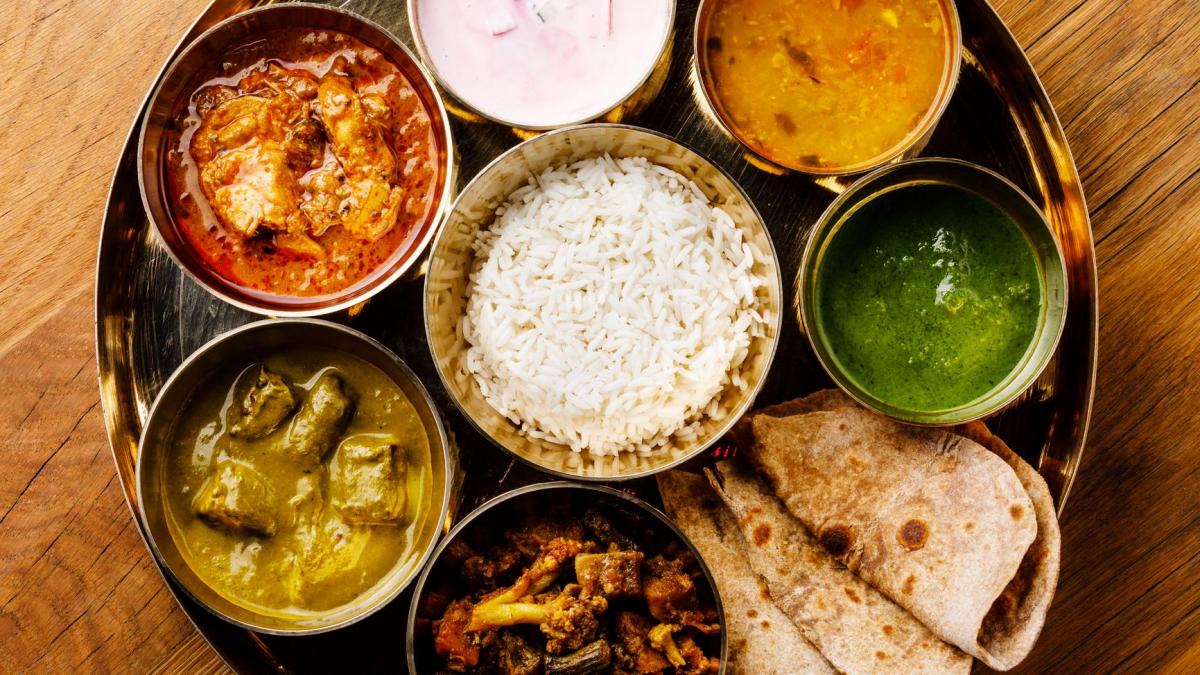
Dal Bhat
This is a staple meal in Nepal, consisting of steamed rice (bhat) and lentil soup (dal). It’s often served with vegetables, pickles, and sometimes meat or fish.
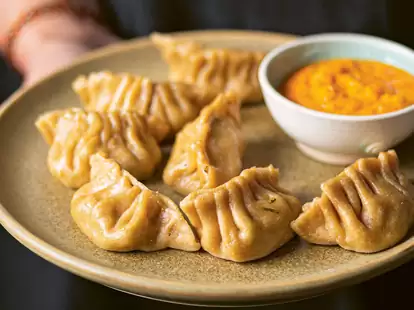
Momos
These are Nepali dumplings, usually filled with meat (such as chicken, buffalo, or pork) or vegetables.
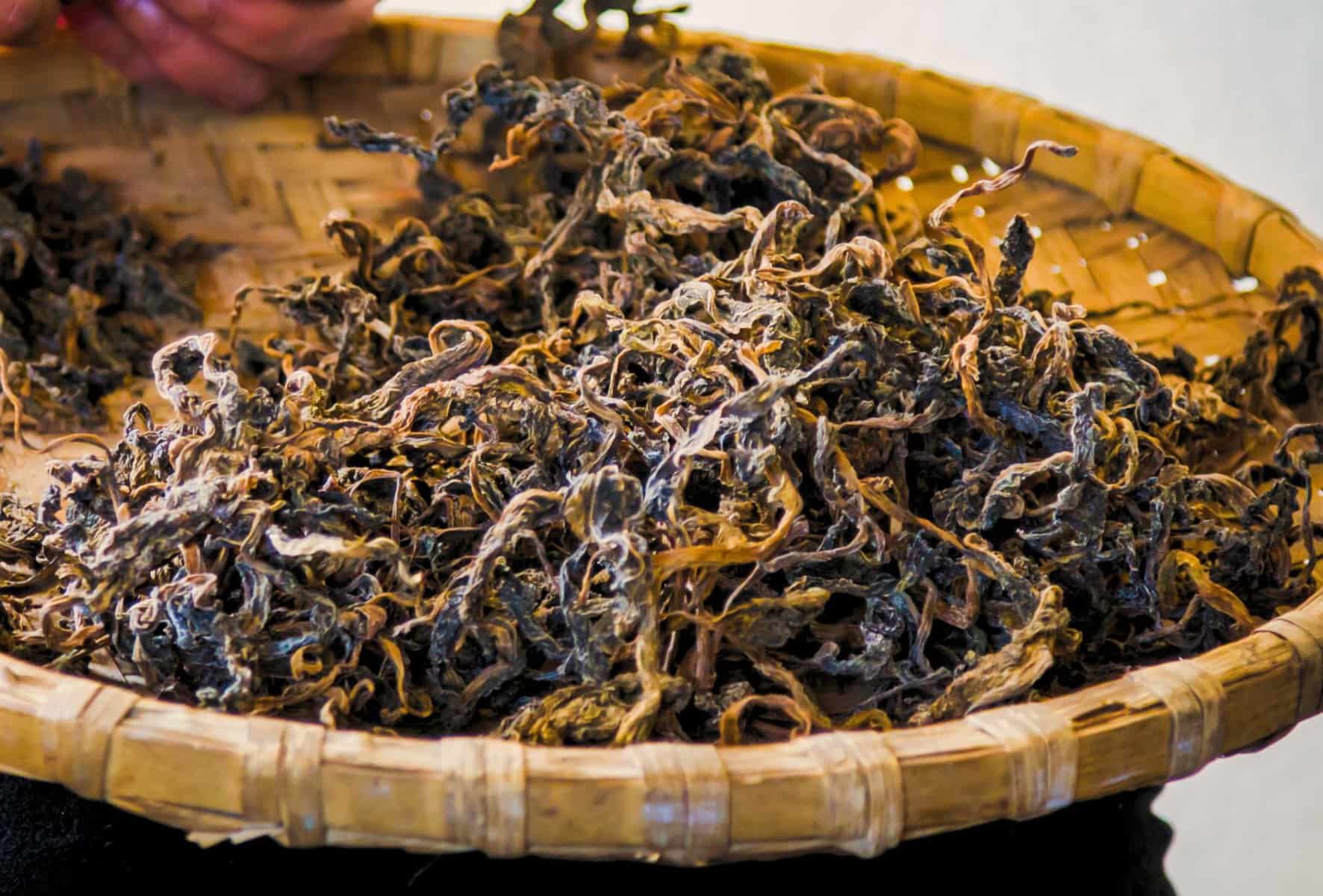
Gundruk
This is a fermented leafy green vegetable, often made from mustard greens.
Here are some typical foods you might find in Nepal:
Sel Roti: A traditional deep-fried rice doughnut that’s slightly sweet. It’s a popular snack or breakfast item.
Thukpa: A noodle soup with vegetables and sometimes meat. Thukpa is especially popular in the colder regions of Nepal.
Yomari: A sweet Newari dish, yomari is a steamed dumpling filled with a mixture of jaggery and sesame seeds.
Aloo Tama: A dish made from bamboo shoots (tama) and potatoes (aloo) cooked with spices. It’s often served with rice.
Bara: A type of lentil-based patty that’s deep-fried and served with various accompaniments, such as yogurt and chutney.
Dhido: A traditional food made from buckwheat or millet flour, cooked to a dense consistency. It’s often served with vegetable or meat curries.
Sekuwa: Grilled or skewered meat (usually chicken, goat, or buffalo) marinated in spices and served as a snack or appetizer.
Chatamari: Sometimes referred to as a “Nepali pizza,” chatamari is a kind of rice crepe topped with various ingredients like vegetables, meat, and eggs.
Gundruk Achar: A pickle made from fermented leafy greens, spices, and sometimes tomatoes. It adds a tangy and flavorful element to meals.
Kwati: A mixed bean soup with various types of sprouted beans and lentils. It’s often consumed during festivals like Janai Purnima.
Samosa: While not originally from Nepal, samosas (fried pastries filled with spiced potatoes or meat) are widely enjoyed as a snack.
Raksi: A traditional alcoholic beverage made from fermented grains, commonly enjoyed in rural areas.
The country’s cuisine is influenced by its diverse ethnic groups and regions, resulting in a rich culinary tradition.
Transportation 🚥
More information about this country
Choose your destination 📍🗺
Useful Links ✅



